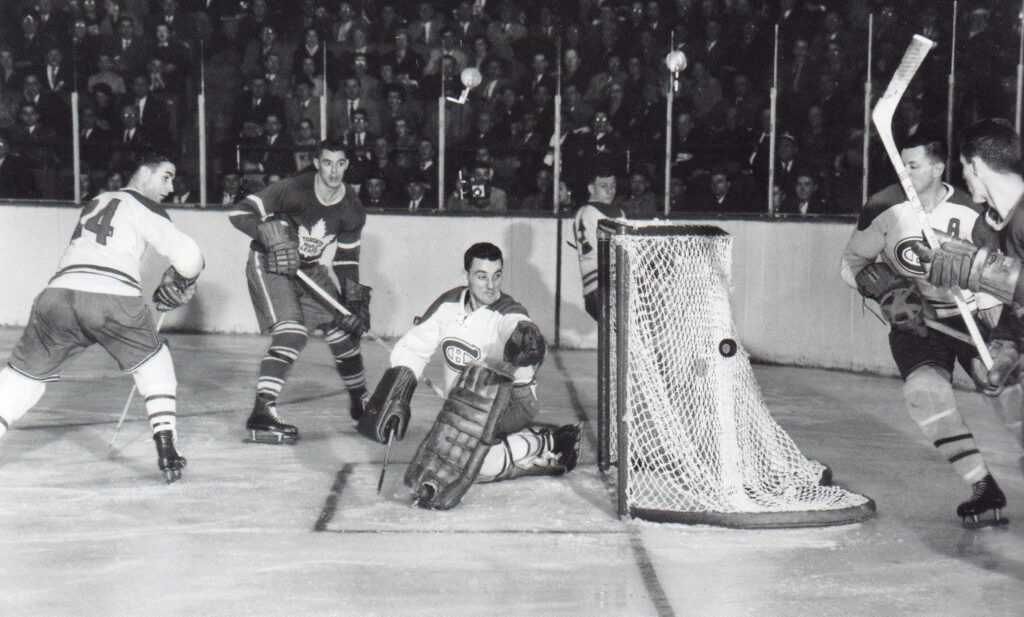Evolving from simple stick and ball games played in 18th century Britain and the Native-American sport of Lacrosse, Hockey was created in the late 19th century in Canada (Fischler et al. 2024). That is where these games made the jump from a field to ice and became known as the “fastest game on earth”. The first documented professional hockey league was the National Hockey Association created in Montreal in 1910. In 1917 the league reorganized and became the National Hockey League, starting with their “original six” teams. Today the league has grown to 32 teams throughout the United States and Canada (Fischler et al. 2024). The popularity of the sport grew along with the league and there are now more than 1.64 million registered hockey players worldwide (Grill 2016).

Notably, this sport includes many different expressions of physicality and aggression which is seen within body checks and physical contact that happen at all levels. But it is most easily seen within fist fights that occur at the professional level, in which players are minimally punished. This aspect of the game is thought to have come from the limited rules the game had at its creation, so fighting was a way for players to police themselves (Bernstien 2006). Because of this physicality and violence the sport holds many traditionally male values high within the sports culture; values of aggression and dominance are taught and encouraged within the sport. All of this has led to both a bloody and brutal history but also an extremely competitive atmosphere that continues today.

The presence of violence in this sport can be seen as problematic, primarily because of the risk it poses towards the players. Because of the ideology it reinforces, violence is encouraged to solve problems. With this strong presence of violence, hockey is perceived and played out as an extremely masculine sport, creating a culture that at times is very problematic. This is particularly evident within the sport’s exclusivity; occurrences of homophobia and sexism are common throughout the hockey world. Openly gay and former professional hockey player Brock McGillis says, “There’s a homophobic slur or some type of slur said every time a team enters a locker room”(Goodyear 2022). Supporting this fact, Hockey Canada says there were more than 900 documented cases of on-ice discrimination(verbal taunts, insults and intimidation) throughout all age groups in the 2021-2022 season. Further investigation of these incidents showed that of 512 penalties called in response to discrimination, 61 percent involved gender identity or sexual orientation (Clipperton 2022). Ultimately the toxic masculinity within hockey is rooted in its values of dominance and aggression, which are reinforced by the longstanding presence of violence.